Day: January 21, 2024
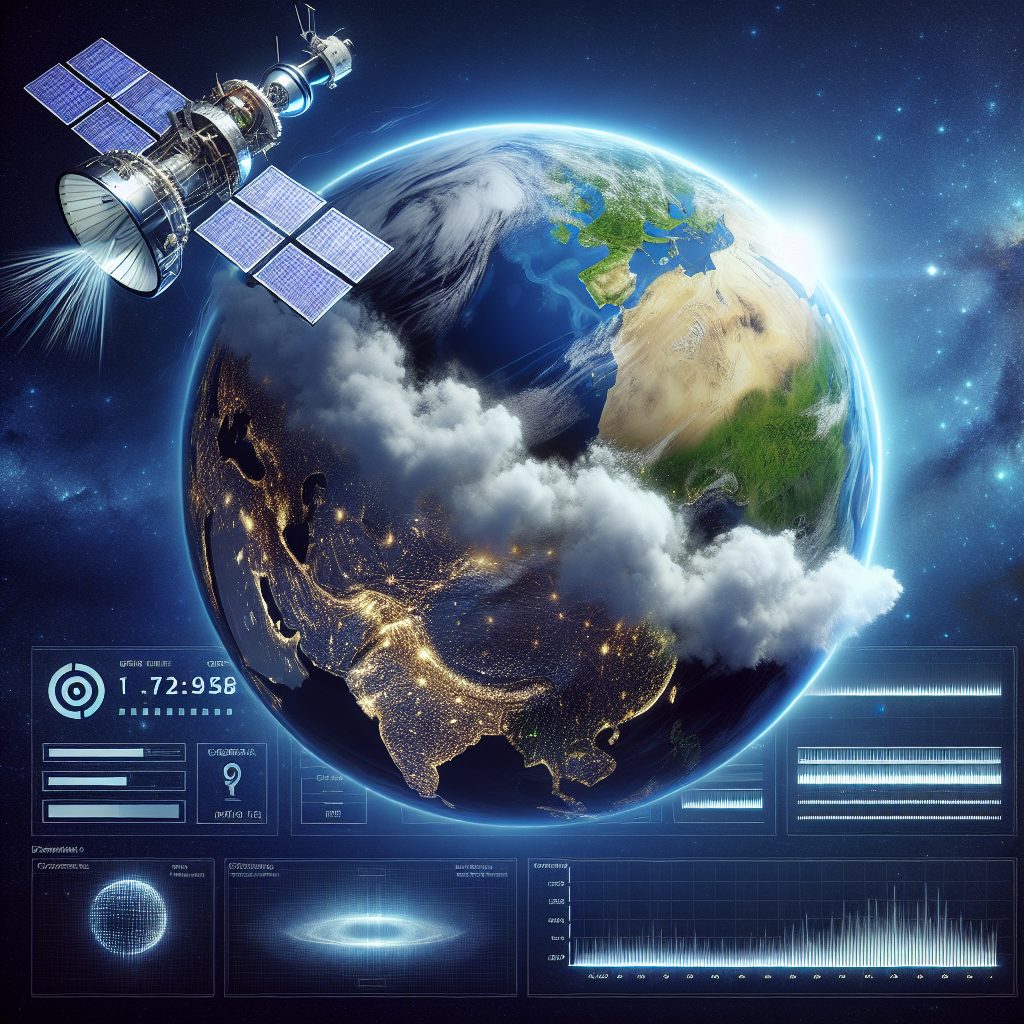
Ozone Layer Monitoring Techniques
The Ozone layer plays a key role in moderating the global climate and protecting us from the harmful effects of ultraviolet radiation. To ensure that the ozone layer is monitored and preserved, several monitoring techniques have been developed. Measuring ozone in the stratosphere and detecting ozone depleting substances (ODSs) are…
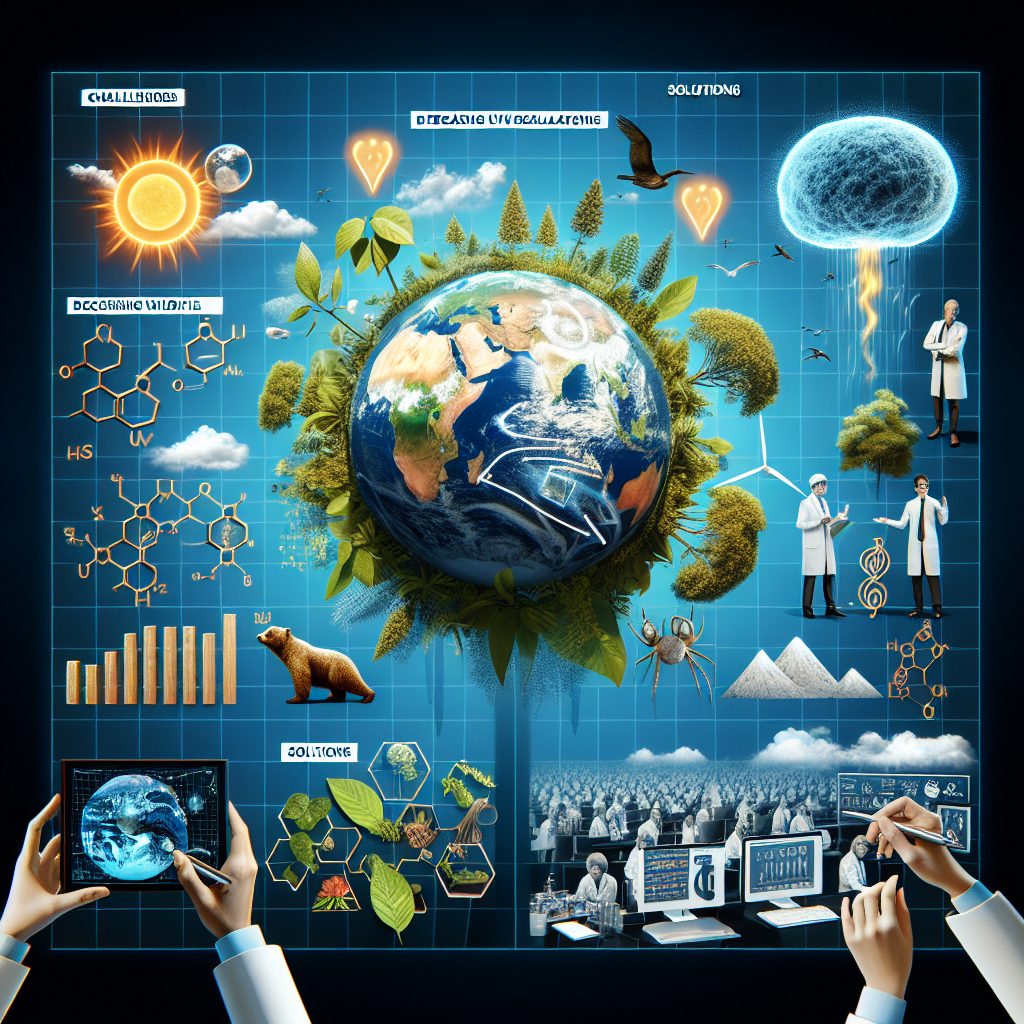
Ozone Depletion Challenges and Solutions
Ozone depletion can be defined as a serious threat to the environment due to the depletion of the ozone layer. The depletion occurs when the ozone layer in the atmosphere is damaged by pollutants, primarily chlorofluorocarbons (CFCs). This leads to more ultraviolet radiation from the sun reaching the Earth’s surface,…
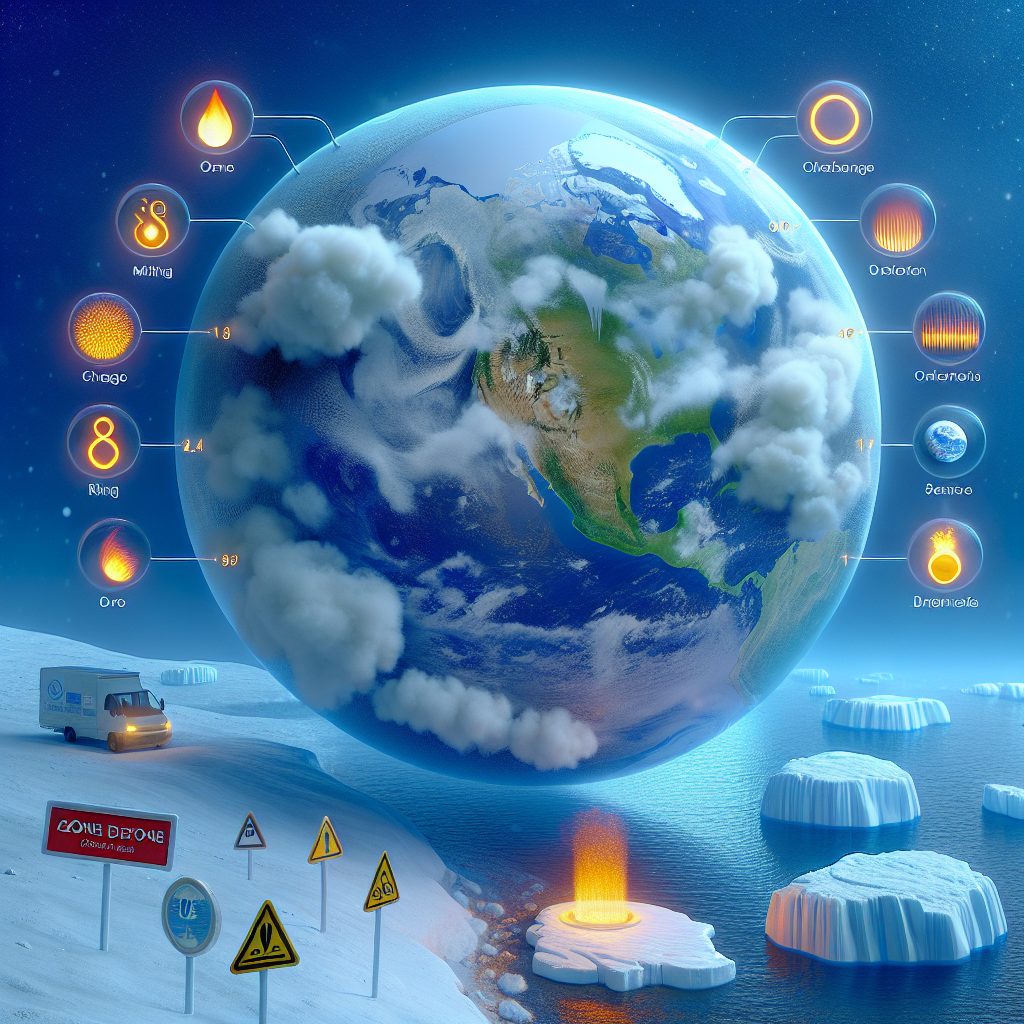
Ozone Depletion and Climate Change
Ozone depletion and climate change are two interconnected environmental issues that have become central to global awareness in recent years. The ozone layer is the Earth’s protective barrier to the sun, shielding us from harmful ultraviolet radiation. When ozone is depleted, this protective layer weakens and the vulnerability to climate…
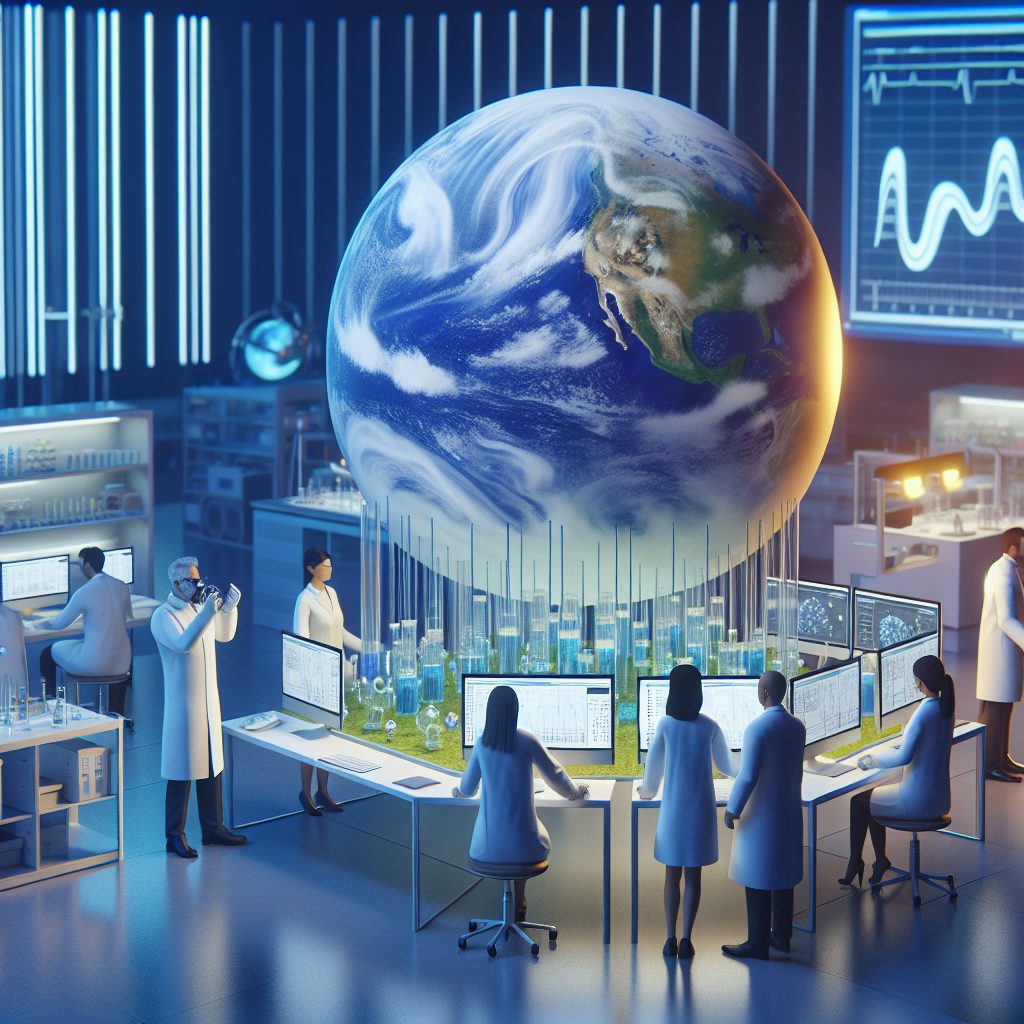
Scientific Studies on Ozone Depletion
Ozone depletion, or the thinning of ozone in the Earth’s stratosphere, is a consequence of human actions. The main cause of ozone depletion is man-made substances, particularly chlorine and bromine, released into the atmosphere through processes like chlorofluorocarbon (CFC) emissions. Scientific studies have demonstrated the consequences of ozone depletion lead…

Depletion Impact on Ecosystems
Depletion of natural resources has been an environmental issue that has continued to impact ecosystems for a long time. The amount of raw materials being used and extracted from the Earth’s surface is not the same as when it is replaced with new materials. This can cause a variety of…

Ozone Hole and Antarctic Research
The Ozone Hole is an area above Antarctica, in the stratosphere, where the total ozone concentrations are considerably lower than in other parts of the world. This phenomenon, first discovered in the mid-1980s, has spanned decades and still remains a pressing issue todate. Scientists at the Australian Antarctic Division have…

Polar Ozone Depletion and its Effects
Polar ozone depletion is the thinning of the ozone layer over Antarctica and the Arctic caused by the release of pollutants into the atmosphere. Chemical agents known as chlorofluorocarbons or CFCs have been frequently used in spray and refrigeration canisters for years and are responsible for the rapid decline in…

Stratospheric Ozone Depletion
Stratospheric ozone depletion is a phenomenon where the ozone layer, a thinning layer of molecules in the Earth’s stratosphere, is made thinner by pollutants like CFCs, carbon monoxide, and nitrogen oxide. This thinning can cause a variety of effects resulting in dangerous levels of exposure to ultraviolet radiation. The ozone…
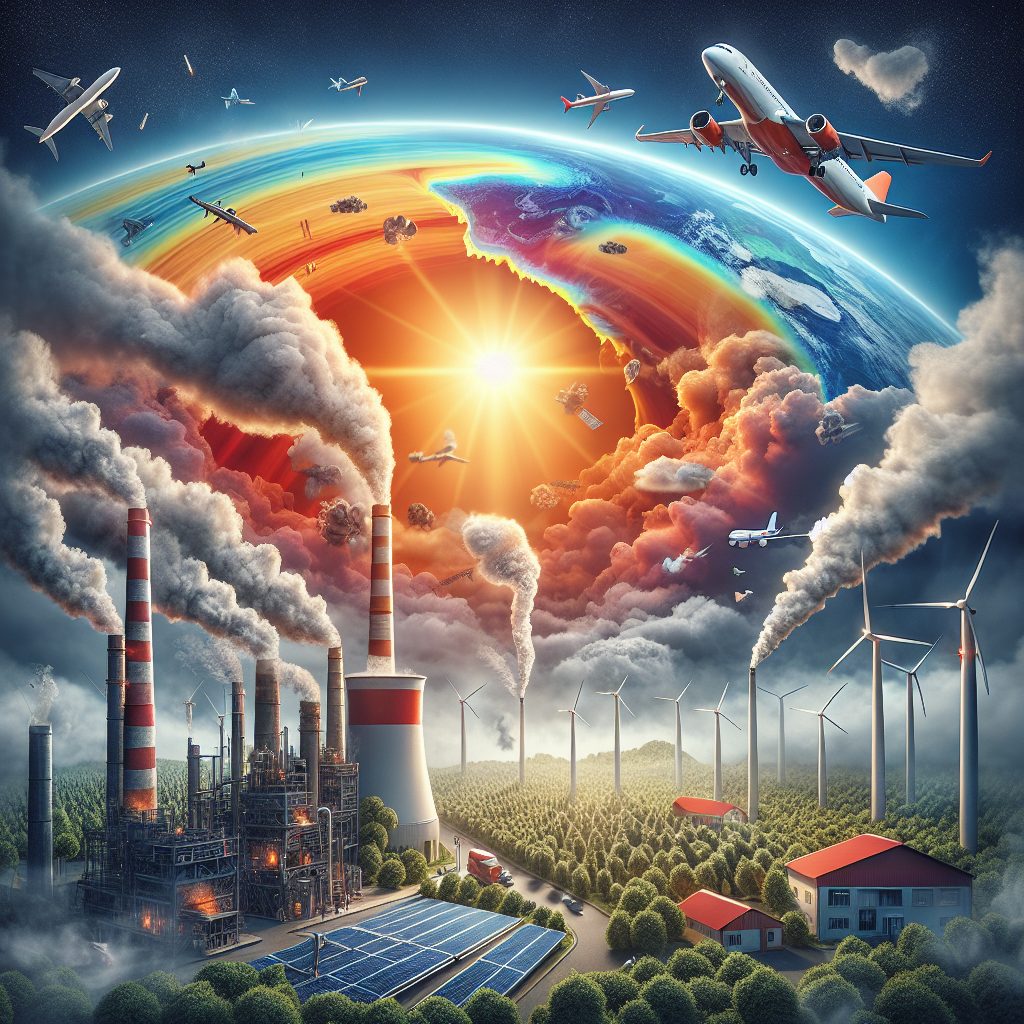
Human Activities Impact on Ozone Layer
Human activities have been putting a strain on the ozone layer, the protective layer in the upper atmosphere, for decades. Despite numerous international regulations put in place to mitigate damage, the ozone layer continues to be threatened by emissions of chlorofluorocarbons released into the atmosphere from a variety of human…

Montreal Protocol and Ozone Success
The Montreal Protocol is an international agreement enacted in the late 1980s to phase out the use of ozone-depleting substances that had been used extensively since the 1950s. This agreed-upon protocol was the first international legal instrument to address the use of chemicals that have a detrimental effect on the…
Halocarbons and Ozone Depletion
Halocarbons are organic compounds that contain carbon and one or more halogens, such as chlorine, fluorine, and bromine. They are used in everyday products such as aerosols, solvents, refrigerants, and foam blowing agents, and when released into the atmosphere, can lead to ozone depletion. Ozone is the thin protective layer…

Ozone Layer Healing Progress
The healing progress of the ozone layer is an inspiring story of how human efforts can make a positive impact on the environment. For over Centuries, scientists and environmentalists have worked to understand and mitigate the effects of ozone layer depletion caused by industrial-era emissions. The result of their efforts…

International Agreements for Ozone Protection
International agreements for ozone protection , refers to the various international agreements that have been put in place to minimize and protect the atmosphere’s all important ozone layer. This ozone layer serves as a shield for humans, animals, and plant life on Earth from the sun’s harmful ultraviolet (UV) rays.…

Future of Ozone Protection
The future of ozone protection is an increasingly pressing issue in our society due to the presence of ozones in the earth’s atmosphere and their fundamental role in the regulation of global climate. Ozone or O3, is a form of oxygen gas made up of three oxygen atoms rather than…
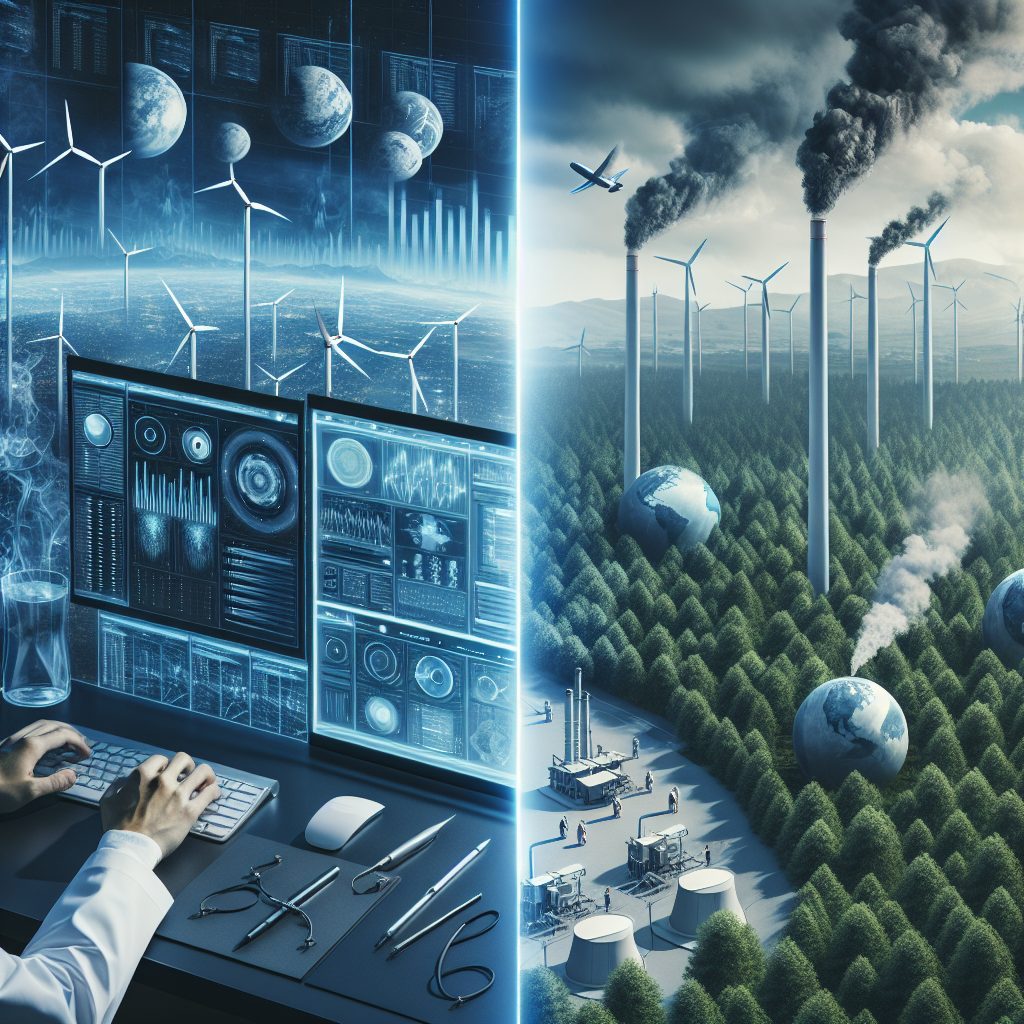
Ozone Depletion Prevention Strategies
Ozone depletion is the decrease in atmospheric ozone caused by the release of pollutants mainly chlorofluorocarbons (CFCs). It poses a threat to human health as well as the health of the environment. Even with the implementation of the Montreal Protocol in 1989 that aims to decrease CFC production, this issue…
